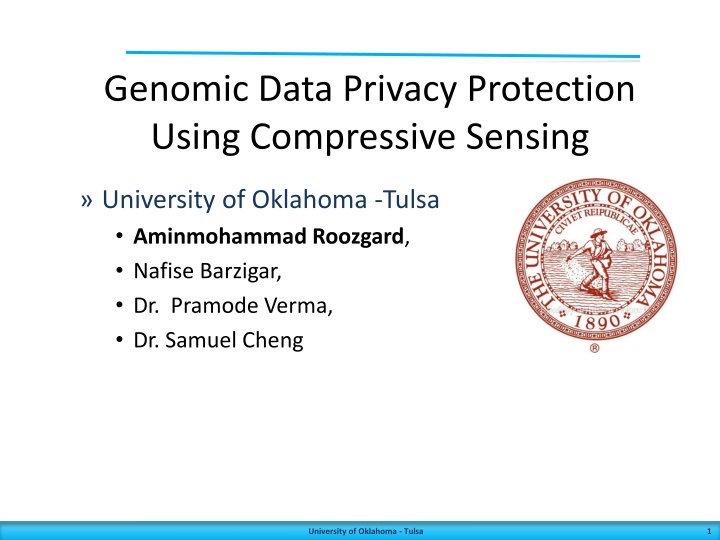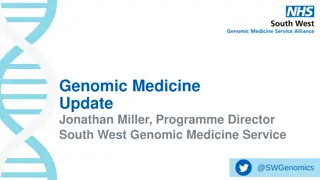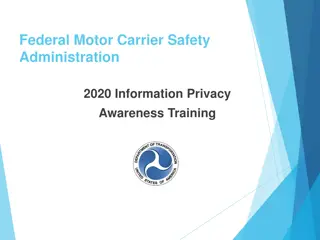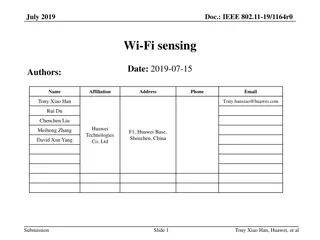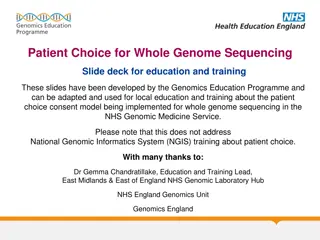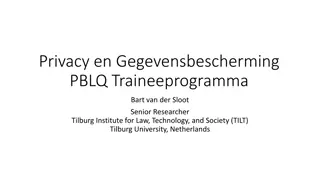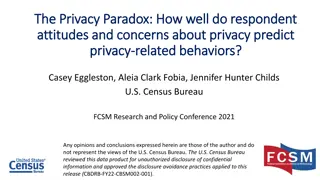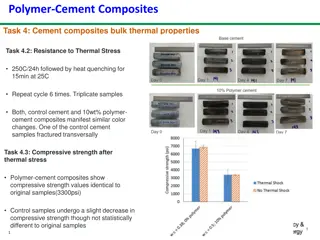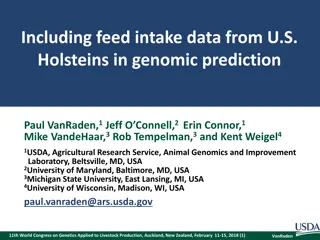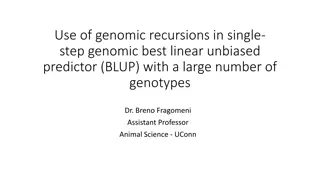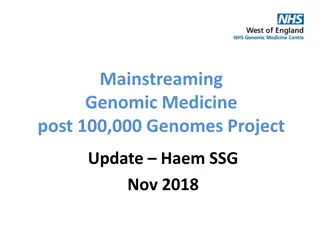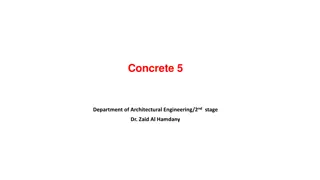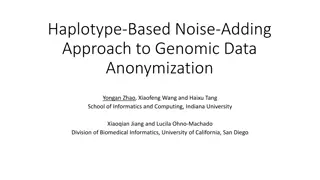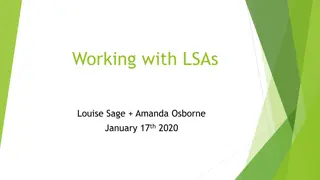Genomic Data Privacy Protection Using Compressive Sensing
This study explores a solution to genomic data privacy concerns by employing compressive sensing to protect patients' data while making it accessible for research purposes. The proposed mechanism involves creating pilot datasets with added noise for researchers to analyze and compare outcomes.
Download Presentation

Please find below an Image/Link to download the presentation.
The content on the website is provided AS IS for your information and personal use only. It may not be sold, licensed, or shared on other websites without obtaining consent from the author.If you encounter any issues during the download, it is possible that the publisher has removed the file from their server.
You are allowed to download the files provided on this website for personal or commercial use, subject to the condition that they are used lawfully. All files are the property of their respective owners.
The content on the website is provided AS IS for your information and personal use only. It may not be sold, licensed, or shared on other websites without obtaining consent from the author.
E N D
Presentation Transcript
Genomic Data Privacy Protection Using Compressive Sensing University of Oklahoma -Tulsa Aminmohammad Roozgard, Nafise Barzigar, Dr. Pramode Verma, Dr. Samuel Cheng University of Oklahoma - Tulsa 1
Todays Presentation Privacy concerns of releasing genomic data Wavelet transformation Compressive sensing introduction Proposed compressive sensing based solutions Results of proposed mechanisms University of Oklahoma - Tulsa 2
Problem Statement Most genomic datasets are not publicly accessible, due to privacy concerns Patients genomic data contain identifiable markers Individuals can be identify by: A very small set of SNPs (Lin et. al. 2004) The frequencies of different SNPs across a population (Homer et. al. 2008) Agreements (e.g., IRB approval or consents) need to be signed before data use is permitted University of Oklahoma - Tulsa 3
Our Teams Solution Create pilot datasets that protected patients privacy while accessible by researchers Two-steps mechanism: Data owners publish a set of pilot data Add noise to the original genomic data Release noise parameters and disturbing mechanism Data users choose the right datasets according to their needs Run different tests over the pilot data Compare their outcomes Sign agreement to get access University of Oklahoma - Tulsa 4
Wavelet Transform (1) Wavelet functions Wavelet Levels University of Oklahoma - Tulsa 5
Wavelet Transform (2) http://www.owlnet.rice.edu/~elec539/Projects97/morphjrks/moredge.html University of Oklahoma -Tulsa 6
Inspiration of Compressed Sensing Most signals in our natural world are sparse 1000*1000 pixels Reconstructed by 25,000 coefficients Diagram: Emmanuel Cand s, Michael Wakin University of Oklahoma - Tulsa 7
Compressive Sensing Sampling process Reconstruction process University of Oklahoma - Tulsa 8
Compressive Sensing Sampling process Reconstruction process University of Oklahoma - Tulsa 9
Compressive Sensing Sampling process Reconstruction process University of Oklahoma - Tulsa 10
Compressive Sensing Sampling process Reconstruction process University of Oklahoma - Tulsa 11
Data Preparation Read the DNA sequences Mark SNPs location Extract corresponded SNP sequence for each DNA sequence Calculate the frequency of each SNP site (minor and major frequencies) University of Oklahoma - Tulsa 12
Method Parameters & Difficulties Random Sampling matrix Bernoulli Distribution Wavelet transform matrix University of Oklahoma - Tulsa 13
Method Parameters & Difficulties Random Sampling matrix Bernoulli Distribution Wavelet transform matrix Reconstruction Process Sparsity of signal (Yang et. al. 2011) Error threshold Speed (number of iteration) University of Oklahoma - Tulsa 14
Method Parameters & Difficulties Random Sampling matrix Bernoulli Distribution Wavelet transform matrix Reconstruction Process Sparsity of signal (Yang et. al. 2011) Error threshold Speed (number of iteration) Noise How much noise (Xiao et. al. 2009) Where to add (Cormode et. al. 2011) University of Oklahoma - Tulsa 15
Noise Adding Schema Noise * * = Subspace Pursuit University of Oklahoma - Tulsa 16
Privacy Protection vs. Image Denosing Privacy Protection Image Denoising University of Oklahoma -Tulsa 17
Results http://www.humangenomeprivacy.org/CADPP_results.html University of Oklahoma - Tulsa 18
Genomic Data Privacy Protection Using Compressive Sensing University of Oklahoma -Tulsa Aminmohammad Roozgard, Nafise Barzigar, Dr. Pramode Verma, Dr. Samuel Cheng University of Oklahoma - Tulsa 19
